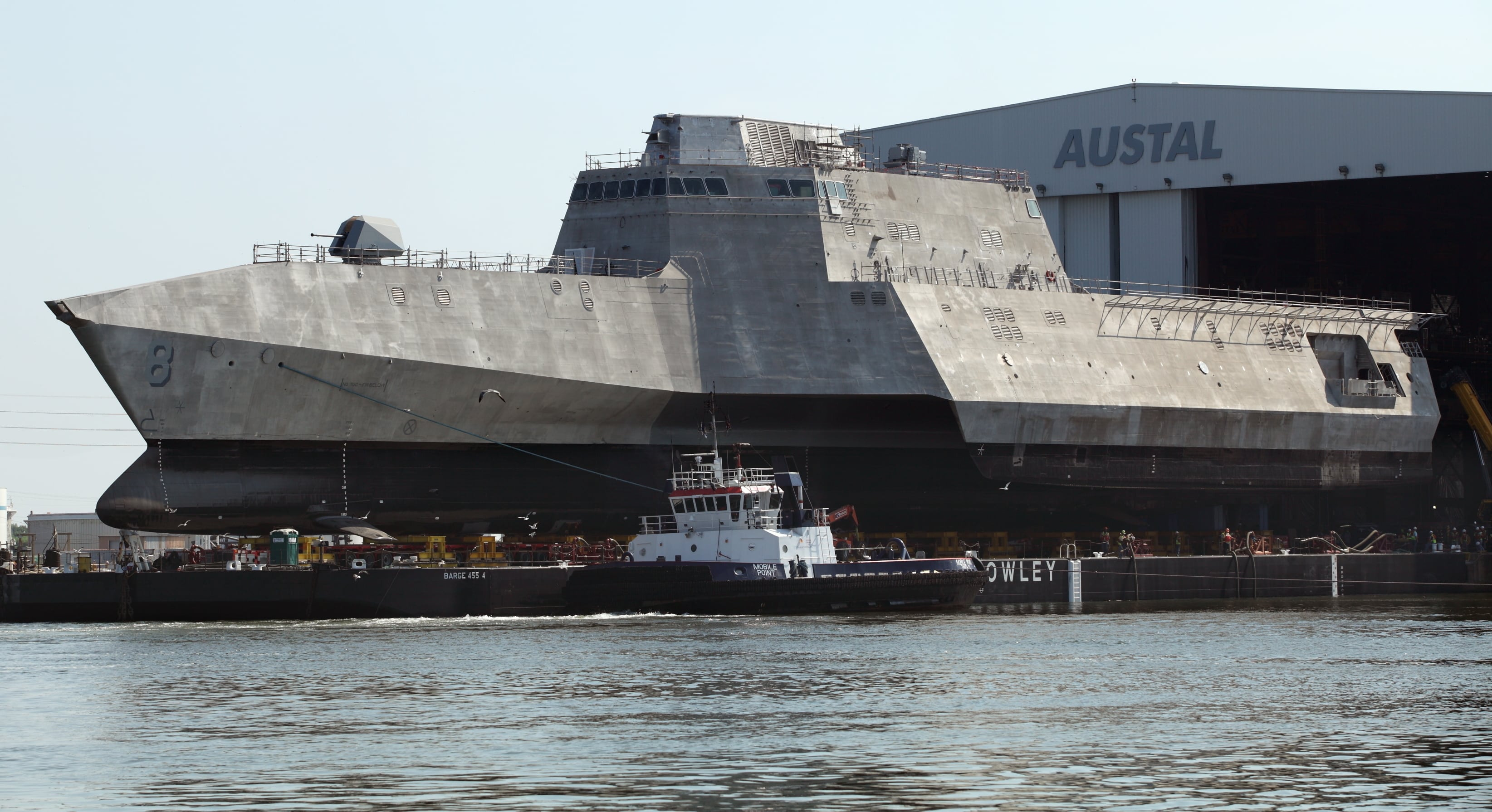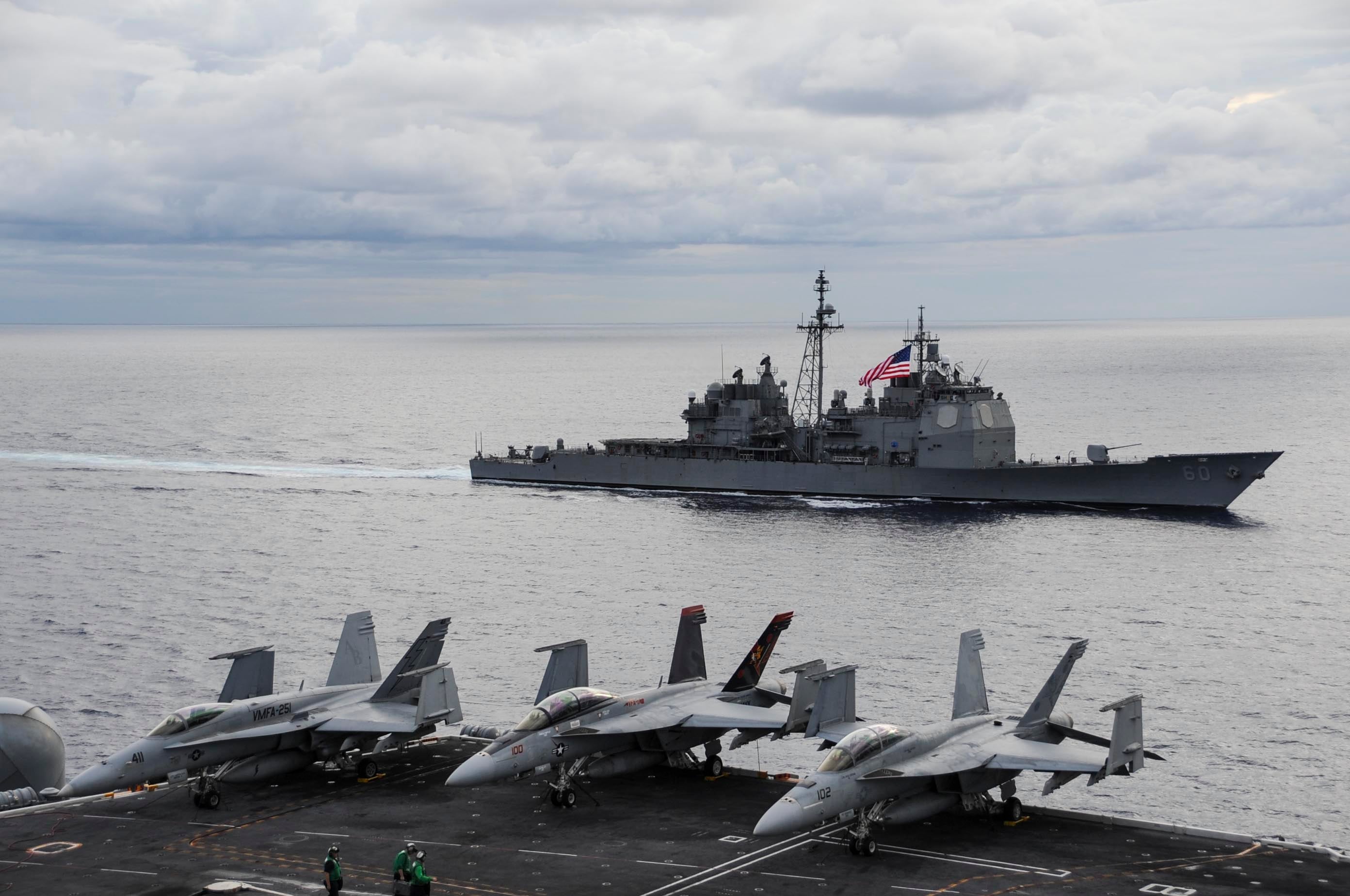WASHINGTON — A move gaining traction in the upper echelons of the Navy to bring back mothballed Oliver Hazard Perry-class frigates would cost billions, cut into modernization accounts for other ships and add little to the Navy’s capabilities, according to documents obtained by Defense News.
The Navy estimates that bringing back 10 of the Perry-class frigates would cost in excess of $4.32 billion over 10 years, and take away from money needed to modernize the Navy’s existing cruisers and destroyers. In return, the Navy would get a relatively toothless ship only suitable for very low-end missions such as counter-drug operations.
“With obsolete combat systems and aging hulls, these vessels would require significant upgrades to remain warfighting relevant for another decade,” the document reads. “Any potential return on investment would be offset by high reactivation and life-cycle costs, a small ship inventory, limited service life, and substantial capability gaps.
“Furthermore, absent any external source of funding, these costs would likely come at the expense of other readiness, modernization or shipbuilding programs.”
Both the chief of naval operations and the secretary of the Navy have mentioned they are considering recommissioning the frigates as a way of boosting fleet numbers as they pursue a goal of 355 ships. But some experts have pushed back on the idea, saying that the money is better spent on more capable ships and investing in the future.
A single-page internal memo, which was circulated in the Chief of Naval Operations office in October, estimated the Navy would have to spend at least $432 million per ship over the decade of service, a figure that well exceeds the cost of procuring one brand new littoral combat ship.
A second October memo described to Defense News said that of the 10 frigates left for recommissioning, two are reserved for foreign sales, one isn’t seaworthy, and the remaining seven would still cost more than $3 billion to bring back.
The paper instead recommends putting the money toward destroyer and cruiser modernization, as well as littoral combat ship procurement and development of the next-generation guided-missile frigate now in development.
“Funding for [frigate] reactivation should not come at the expense of Cruiser and Destroyer modernization, Littoral Combat Ship procurement, and FFG(X) procurement,” the memo reads. “If additional funding were made available, recommend funding the service life extension of Cruisers before funding FFG-7 reactivation as Cruisers would not require additional combat systems modernization and would provide much greater warfighting capability.”
RELATED

Navy Secretary Richard Spencer told reporters in September that he was considering bringing the frigates out of retirement and mentioned using them for counter-drug patrols off of South America.
“One of the things we might look at is bringing the Perry-class to do a limited drug interdiction mode,” Spencer said, according to USNI News.
But that idea rubs some observers the wrong way, saying that reactivating the frigates would be throwing good money after bad.
“The idea that we would spend several billion dollars over ten years on bringing corroded ships out of the boneyard to service a tertiary mission in an era of renewed great power competition is nonsense,” said Bryan McGrath, a retired destroyer captain and consultant with The Ferrybridge Group. “How many [Ticonderoga-class] cruiser upgrades or [destroyer] modernizations will be deferred in pursuit of this unwise idea? The president said he wanted a 350 ship Navy; he didn’t say he wanted it tomorrow.”
In October, Defense News reported that the remaining 22 so-called Tico cruisers will start leaving the fleet in 2020 at a rate of two per year. The cruisers, which boast 122 vertical-launch missile cells and two five-inch guns, are the largest surface combatants in the fleet.
RELATED

In response to the report, Rep. Rob Wittman, chairman of the House Seapower subcommittee, called on the Navy to modernize its oldest cruisers and keep them in the fleet.
“Instead of discussing the decommissioning of cruisers, we need to spend more time discussing the maintenance, modernization and service-life extension of all twenty-two cruisers,” Wittman said.
David B. Larter was the naval warfare reporter for Defense News.








